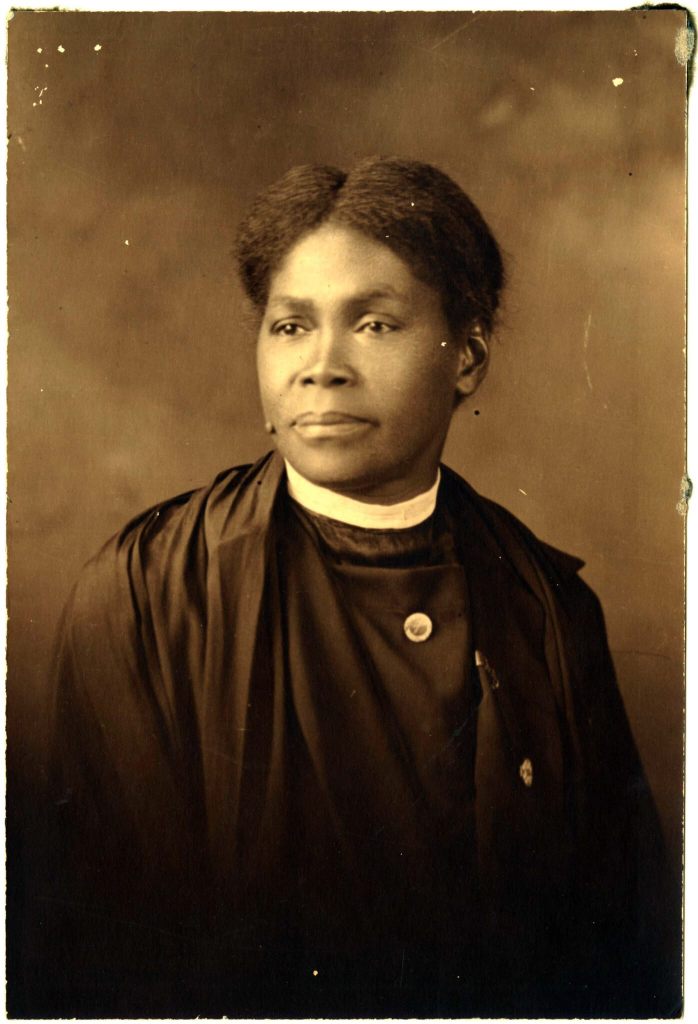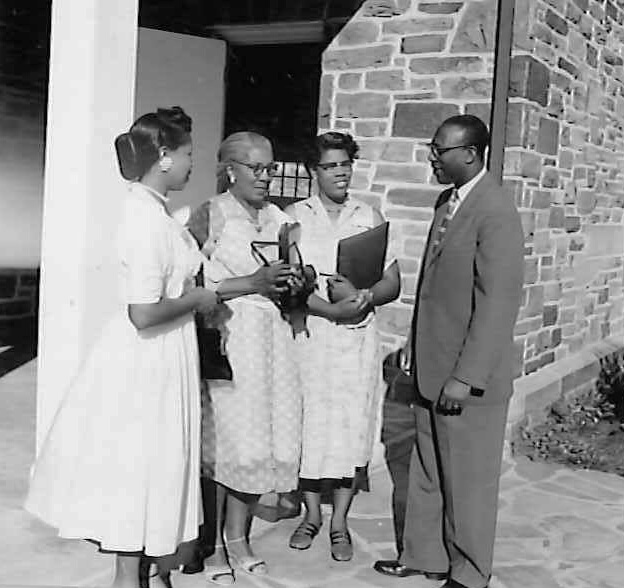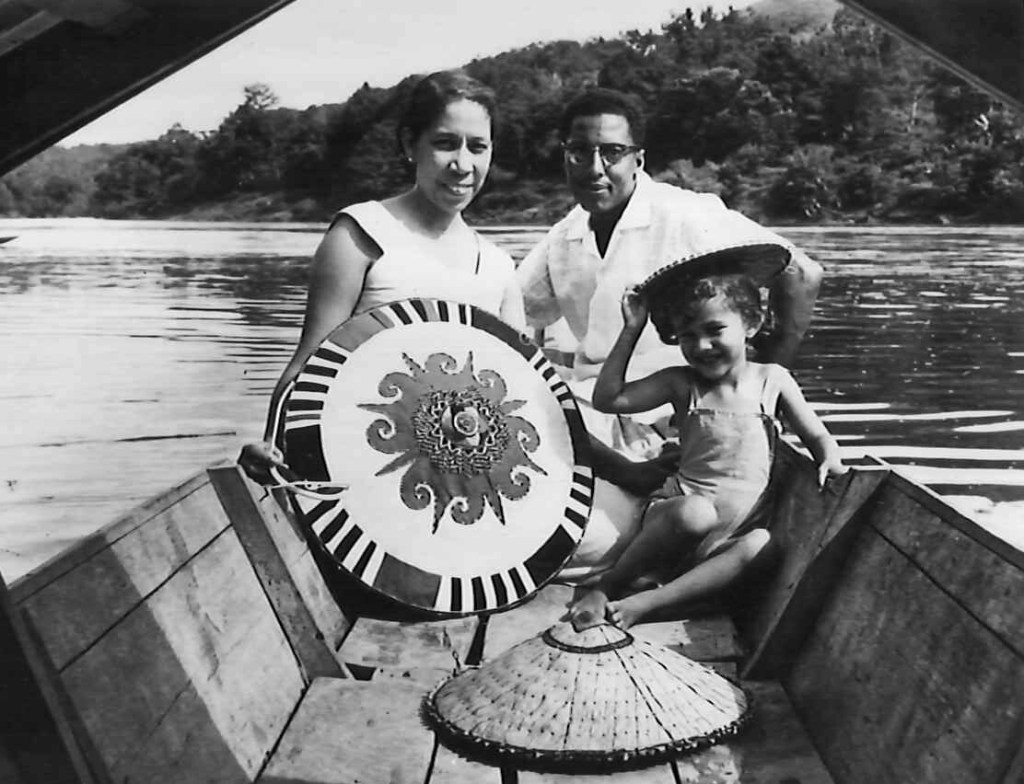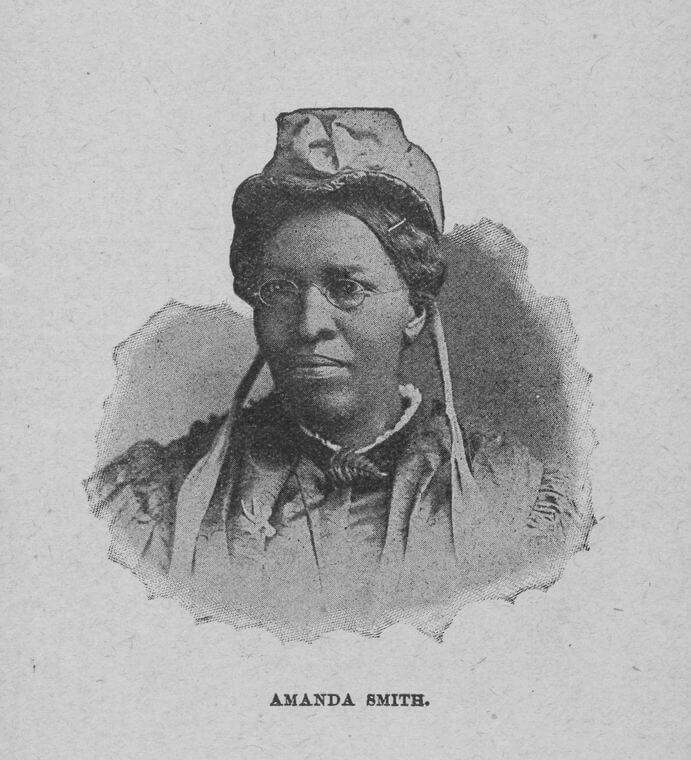Celebrate Black History
Within the history of Methodist mission, we celebrate the calling, commitment and vision of African Americans. Below are four of the many examples of unique and lasting contributions of African Americans in mission.

Missionary to the Kru in Monrovia, Liberia
Anna E. Hall (1870-1964)
Anna E. Hall was born near Bainbridge, Georgia, March 1, 1870. She expressed the desire to serve as a missionary while a student at Clark University (now Clark Atlanta University) in Atlanta, Georgia. Her religious training was delayed because of family responsibilities and lack of financial resources, but after teaching for five years, she attended and graduated from New England Deaconess Training School in Boston in 1901. She was the first African American to attend the school.
From 1901-1906, she served as a deaconess with the Lloyd Street Methodist Church (now the Central United Methodist Church) in Atlanta, Georgia. In 1906, she was sent to Monrovia, Liberia, to teach the Kru people. In her second year she was asked to go to Garraway Mission in southern Liberia as director of the Julia A. Stewart Memorial Girls Home and School.
She worked with Garraway for 24 years and was comfortable with all people – presidents, high church officials, college presidents – but chose to identify with those of humble status.
She retired from her work in Liberia and moved back to Atlanta, Georgia, where she became a familiar figure visiting hospitals, prisons, and homes of sick and troubled people. Affectionately named “Mama Hall” by members of both the Atlanta and Liberia communities where she lived, she was the recipient of many honors, including being knighted by the Republic of Liberia in 1956 during the inaugural ceremonies of president-elect William V.S. Tubman.
Source: Atlanta University Center, Robert W. Woodruff Library, Anna E. Hall collection

First African American staff member, Board of Missions
Charles Franklin Golden (1912-1984)
Born August 24, 1912, in Holly Springs, Mississippi, Golden received degrees from Clark College and Gammon Theological Seminary, both in Atlanta. He was ordained an elder in the Methodist Episcopal Church (MEC) in 1938 and served several congregations before becoming a professor in the Department of Religion and Philosophy at Philander Smith College.
After serving as a chaplain in the U.S. Army, he became the director of field service in the Department of Negro Work of the Board of Missions from 1947 to 1952, becoming the first African American named to the staff of the Board of Missions. He was an associate secretary and later director in the Division of National Missions, where he served until 1960.
He was a member of the General Conference Commission to Study the Jurisdictional System from 1956 to 1960, when he was elected bishop in the Central Jurisdiction. He presided over the Nashville-Birmingham Area 1960-1968 and in The United Methodist Church, he served the San Francisco Area 1968-1972 and the Los Angeles Area 1972-1980.
Golden emphasized through his articulation of issues and his episcopal leadership that Methodist African Americans would not settle for anything less than full and complete integration. Golden was noted as a forceful bishop, but he was respected as fair and a person of integrity.
Source: Linda Gesling, Mirror and Beacon: The History of Mission of The Methodist Church, 1939-1968. (New York: General Board of Global Ministries, The United Methodist Church, 2005), p. 150

A passion for China and Sarawak
Thomas (1912-2000) and Jennie (1915-1999) Harris
Thomas and Jennie Harris were commissioned in 1947 and first assigned to serve as teachers in Nanping, China. But within a few years, they, and many other missionaries, had to leave China because of political unrest. In 1951, they were appointed to serve in Sarawak, the Malaysian side of the Island of Borneo. Although a large China ex-pat Methodist community resided in Sarawak, the Harris family was sent up the Banyao River to Nanga Mujong, where the Dayak Sea people made their homes in great long houses. The Dayak, also called the Iban, are the largest indigenous group in Sarawak. Their longhouse residences could accommodate as many as 25 families, all living and working communally.
The Harris couple effectively became the mission superintendents of the Iban work, building a residence, a school, a clinic and an agricultural center in Nanga Mujong. They were well accepted and respected by the indigenous community and did much to improve their health, agricultural practice and acceptance into the Methodist mission. They returned to the U.S. in 1970.
This excerpt of a December 1966 missionary letter from Thomas shows the seamless way they integrated their work in agriculture, education and spiritual leadership. “The usual ‘dry season’ of August has brought heavy rains, swollen rivers, and delayed planting of rice! Though a hopeful change will come in this month, it is likely that the delayed rice crop will catch the shattering rains of November-December when in bloom. With crops to be grown and hunger lessened; souls to be claimed and nurtured; and the minds of young and old alike captured by the thrilling new experiences of learning, we will find plenty to do that will need your prayerful support.”
Source: World Outlook, November 1957

African-American Holiness Evangelist and Missionary
Amanda Berry Smith (1837-1915)
Amanda Berry was born into slavery in Long Green, Maryland. She was married in 1854 to Calvin M. Devine, and her conversion followed two years later. After her husband died in the Civil War, she moved to Philadelphia and married James Smith, an ordained deacon at Mother Bethel African Methodist Episcopal Church. After visiting Green Street Church in Philadelphia, where she heard John S. Inskip preach, a prominent Wesleyan holiness leader, she testified that she received her sanctification there.
Following the death of her second husband in 1869, she traveled as a holiness evangelist, becoming a popular speaker in many churches and camp meetings. Smith’s friendships included prominent holiness and prohibition movement leaders such as Hannah Whitall Smith and Frances Willard.
Her overseas ministry began with a visit to England in 1878. From there, Smith went to India as a missionary; Methodist bishop James M. Thoburn thought so highly of her that he wrote the introduction to her autobiography (1893). In Africa, she worked with Methodist missionaries, including Bishop William Taylor. Smith spent her last years caring for African-American children at her orphanage in Harvey, Illinois. She was also connected to the founding of the National Association for the Advancement of Colored People.
Her spiritual fervor and calls for justice in society and her work in mission inspired an expanded role for women in ministry, particularly within the AME and Methodist churches.
Source: Gary B. McGee, in Biographical Dictionary of Christian Mission

